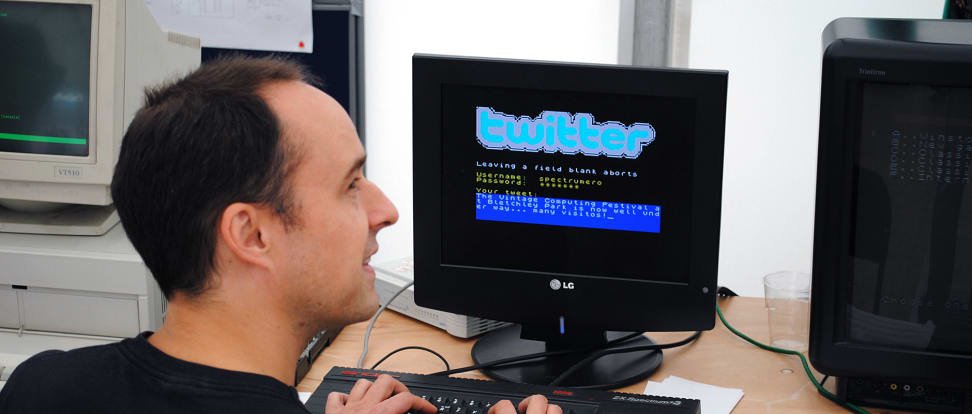 Credit:
Credit:
Products are chosen independently by our editors. Purchases made through our links may earn us a commission.
If you’re reading this, chances are good that you’re accessing the internet over a broadband connection. OECD figures show nearly 70% of U.S. households now have high-speed internet access.
But ages ago (about two decades), you would have had to dial in to a service provider with your modem first, then listen to this familiar siren song:
Back then, AOL Inc. (née America Online) was the leading internet service provider, with over 126 million subscribers at its peak. As technology advanced, however, most of those customers left for the greener pastures of DSL, Cable, FiOS, or their neighbors’ unprotected wireless routers.
So it might come as a surprise to hear that AOL still has 2.3 million dial-up subscribers, and that those users are still a huge source of revenue for the company.
According to an earnings report released this month, "pre-broadband subscription" accounted for $155 million of AOL's revenue in Q2 2014, out of a total take-home of $607 million in sales.
To put that in perspective, AOL’s online ad revenue—the business model the company switched to after dial-up’s decline—only brought in $144 million.
Subscribers are paying an average of $20.86 each month for the old-school dial-up service, and in this day and age, it’s hard to fathom why. Surely, no one wants to stream Netflix over 56k, nor would anyone want to deal with a connection getting interrupted simply because someone lifted the phone (the bane of so many Starcraft skirmishes back in the day).
According to The Independent, some subscribers might not be aware they’re still paying for the service, or mistakenly believe they need it in order for their broadband service to work.
Some users may be paying simply to keep their email addresses, which they'd lose if they unsubscribed. Switching away from an address you've used for 15 years is no trivial task. Some people would simply rather not deal with a move to Gmail, Yahoo, or Outlook.com.
Dial-up subscriber figures will continue to decline, but it’s unclear how long it'll take for them die out completely. In the meantime, feel free to keep using those old AOL CDs as frisbees and coasters.
Via: qz.com Hero image: Flickr user “mdsharpe” (CC BY-SA 2.0)
